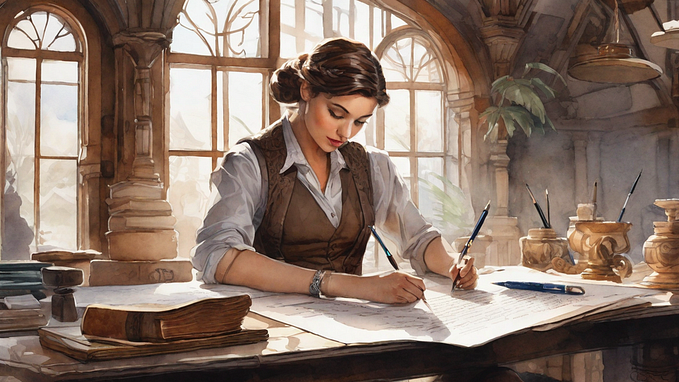Member-only story
What AI Thinks an Emily Dickinson Poem Looks Like
I used a GAN to illustrate ‘Because I could not stop for Death’

How would an AI illustrate a famous poem?
In my Linkfest earlier this week, I wrote about the new crop of AI “generative” models, in which you provide a few words and see it translated it into an image.
Often, these AIs create pictures that are fascinatingly alien. You get images composed with a strange blend of literalness and hallucination. The AIs try earnestly to depict what you described, but they filter it through an inhumanly vectorized form of machine perception that has no clue how the world actually works.
This is why I agree with what Alberto Romero argued, which is that generative AIs are powerful new tools for art, possibly on par with the impact of the camera back in the 19th century. Artists are learning how to use AI in art — a new type of paintbrush, on a new type of canvas.
It got me thinking:
Hmmm, what could I use a generative AI to do?

Well, one of my favorite genres is poetry, and one of my favorite poets is Emily…






